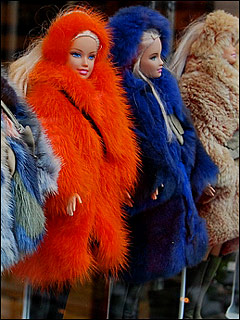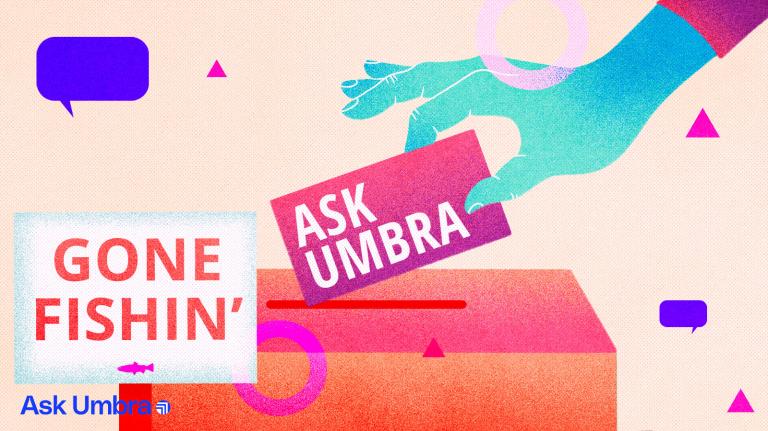Oh advice maven on all things green, I have a problem!
I live in a very cold climate (read: Great White North) and my mother recently gave me my grandmother’s old fur coat. It is the warmest thing I have ever owned, but can I wear it? It was a gift from my grandfather to my grandmother back in the early 1960s! I have other friends who are in the same situation — they have recently received regifted family furs that are no longer in use. In one friend’s case, the furs were given to her grandfather as a gift from First Nations people because he was a trader. I would never buy a fur coat, but is it OK to wear one that is twice my age and has been used and loved? If it is OK to wear, how do I communicate this to my eco-conscious friends? If it’s not, what do I do with it?
Cold in Canada
Dearest Cold,
All the animal advocates, who have thoroughly thought through all the implications of wearing fur, instruct us to be fur-free. I am sorely tempted to say go ahead, though. I want to break my record for getting comments on an article: my personal best, so far as I know, is the cats vs. birds article of November ’07, with 66 comments as of today. I bet I could easily beat that with a pro-fur recommendation. Even mentioning fur may get us close to 50 comments.

Is it OK to get dolled up?
photo: Robert Kosara via Flickr
As you know, today’s furs are mostly from fur farms. Blameless animals are held in cramped cages until their early and gruesome deaths, when their skins are peeled off and their carcasses dumped. Mink, fox, rabbits, sables, and ferrets are usually cage-raised. These cage operations can have similar ecological impacts to animal confinement operations for food — water pollution, odor, and disease. A few animals are hard to raise in confinement and are still trapped in the wild, including lynx and bobcat. Being caught in a trap is no party time either, and although trapping won’t produce confinement-associated runoff, non-target animals are caught in the traps, injured, and then killed or released. Including: house cats.
If one believes that animals should be treated respectfully, there’s pretty much no way to support fur. If one believes that animals are a natural resource for humans to harvest as we like, one still cannot escape the negative ecological impact of fur farming. Did I mention that mink are often gassed to death with carbon monoxide?
What about your furs from Ye Olde Dayes, back when trapping was a way to survive in a cruel economy, and furs were the only hope of survival in a cruel Canadian winter? The animal-rights activists rightly say: those days are over. Although your fur may be from that time, you live today, and wearing a vintage fur contributes to the glamorization of fur. Although I can muster some arguments against this idea. One might be: I don’t have any friends who can afford a new fur, so grandpa’s fur is not going to inspire new purchases.
But we believe that our individual actions have an impact, and we try to move toward a good life in all aspects of our days. If you are ready to make an anti-fur stance: No fur for you unless you fall into the No Other Choice category — no money for another coat, live somewhere insanely cold, cultural fur tradition, etc. People for the Ethical Treatment of Animals accepts donated furs, which they in turn pass on to homeless people, use for anti-fur education, or give to animal rehabilitators. The Humane Society of the United States uses donated furs for animal rehabilitation as well, so that orphaned animals have a familiar surface to nestle against. I do find the idea of an animal orphan snuggling up against a dead animal a little creepy, but maybe the whole situation is just sad and there’s no way around it.
Furrierly,
Umbra


